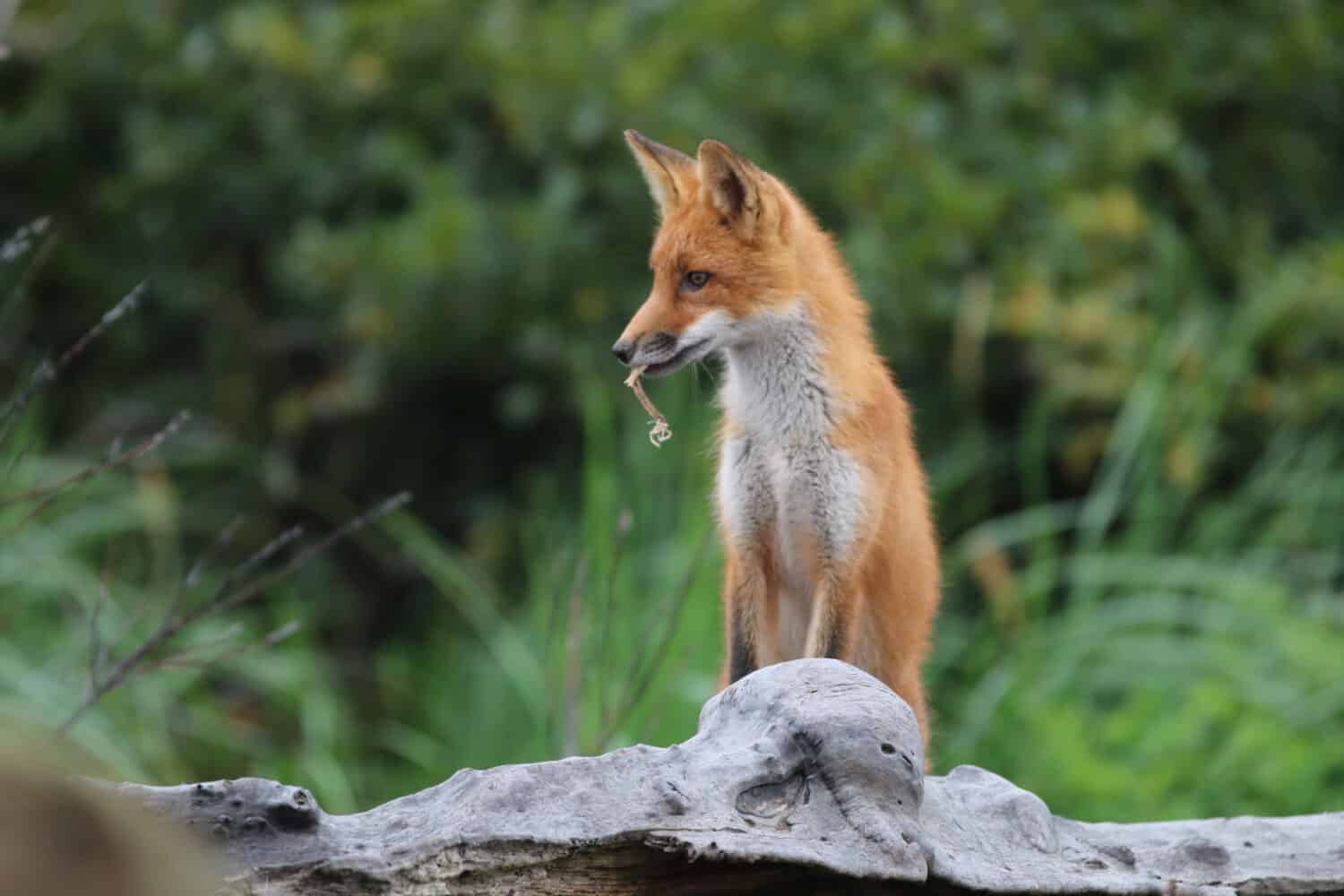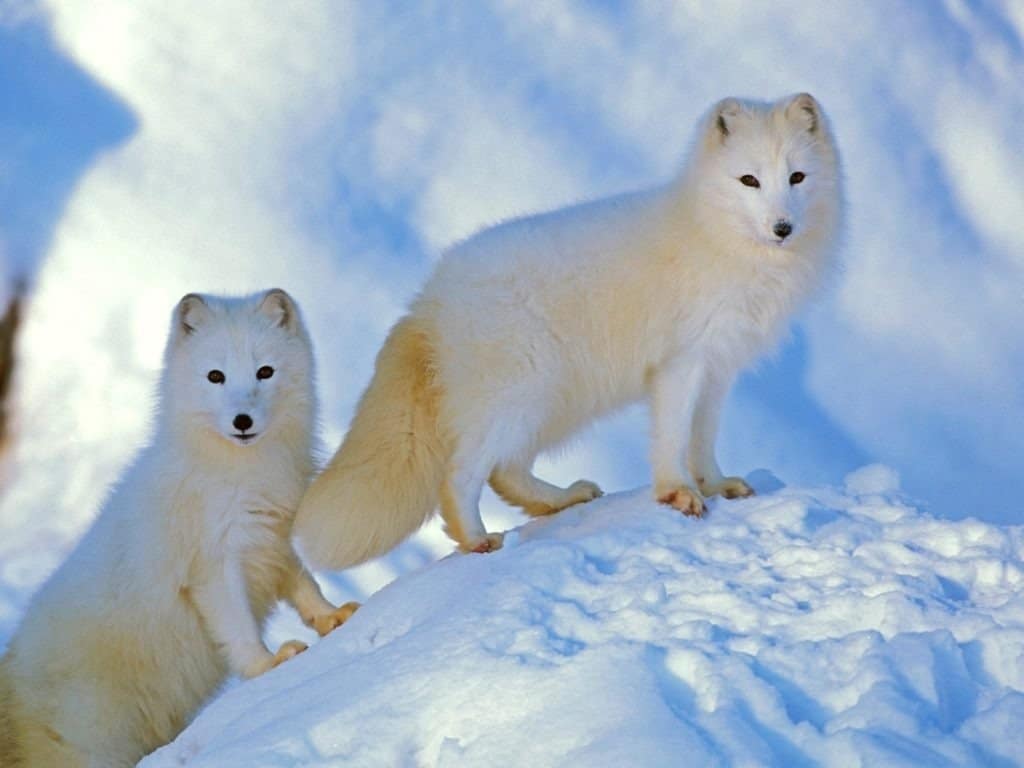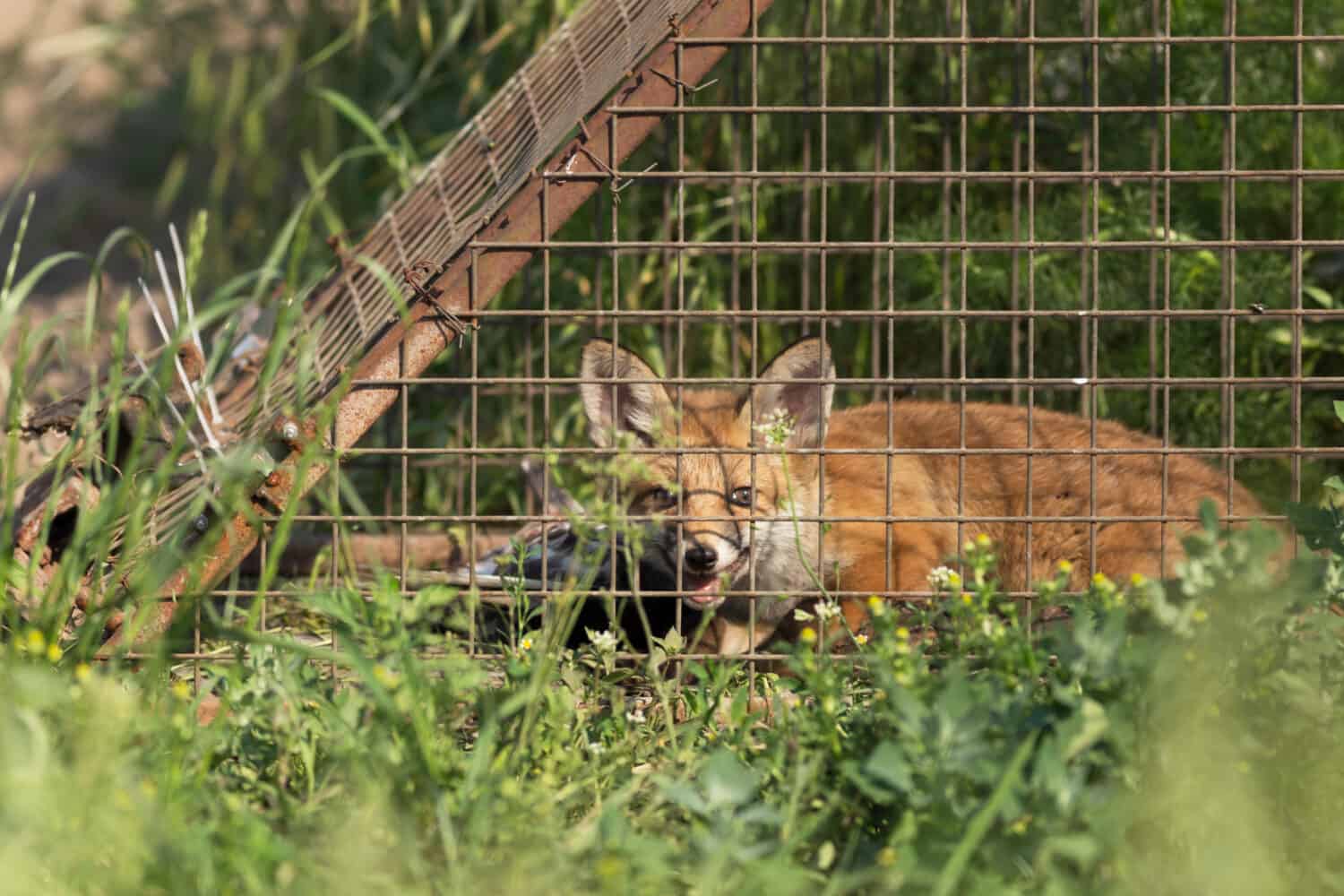Alaska is home to more than 112 mammal species, some of which are foxes. Walking down a trail and spotting one of these magnificent creatures is common. No matter where you go in the state, you’ll find foxes roaming outdoors, as they are prevalent throughout North America.
The fox is generally extremely timid and often won’t want to specialize with humans or other animals. Despite this, you can see them frequently across the state. Many foxes have been moved around and introduced to new areas due to the early fur trading and game hunting when Russia owned the state.
So, if you’re interested in foxes in Alaska, we can help guide you on what types live there and where they live. We will give you a detailed breakdown of the fox species and their habitats.
The Different Types of Foxes in Alaska
While Alaska is a big state, there aren’t that many species of foxes. Two main species are commonly sighted: the red and arctic fox. Below, we’ll briefly summarize the two species and where they live.
The Red Fox

Red foxes
are one of the species found in Alaska.
©Ian William Hromada/Shutterstock.com
The red fox (Vulpes vulpes) is a small fox that is a member of the Canidae dog family and is found all over Alaska except in the Arctic regions. Often, when you think of a fox, this is the type you think of. It has classic reddish fur and a pointed face, commonly seen in movies and TV shows.
Its head and body length spans 22-32 inches, with a tail that stretches 14-16 inches long. They are often very light, weighing only 15 pounds.
One of the key characteristics of the species is its beautiful reddish coat. The fur spans from red to light yellow to a deep auburn color. They have a stunning white-tipped tail with black stockings.
However, some do have coat pattern variations, such as black-tipped ears and more. When a red fox has a distinctive pattern, it might be referred to by another name. This can be the red, cross, silver, or black fox.
This does not mean they are another species but details their distinctive coat pattern. Foxes in the same litter often have slight pattern variations, which can lead people to believe they are a different species. However, that is not true.
For example, the silver fox is known for its silver-tipped guard hairs, the cross fox has a black or brown cross on the back and shoulders, and the black is just pure black hair. Each of these foxes differs in appearance but is the same species.
Arctic Fox

The Arctic fox can be found in multiple regions in Alaska.
©rokopix/Shutterstock.com
The Arctic fox (Vulpes lagopus) is an even smaller fox in southern and northern Alaska. This species is well known and often called the white, polar, or snow fox. Its distinctive white fur sets this apart from other foxes, as it’s unique to the species.
Despite its name, the fox isn’t found only in the Arctic. Instead, the species was introduced to the Aleutian and Pribilof islands and archipelago, a chain of islands in southern Alaska. Russian fur traders introduced them to some islands in the 1700s.
Its body spans 43 inches, with the tail being 15 inches long. Their body weight averages 6-10 pounds, and they have short legs and ears. The species is known for being a medium-sized fox but not the smallest.
Unlike other foxes, they have unique fur that morphs twice a year. The term is called molting, which is the act of the animal’s fur changing based on its environment. The arctic foxes have blue and white phases, where the blue is common in the south island foxes and the white is common in the north.
The species also change their color depending on the time of year. The white foxes shed fur during April, and their bodies turn brown by the end of June. In addition, their abdomen becomes a yellowish-white color.
On the other hand, the winter fur starts in September and will end in November. During this time, their fur will turn into their usually white winter coat, which is dense.
Where You Can Find Arctic and Red Foxes in Alaska

Red and Arctic foxes can be found all over Alaska.
©Naruedom Yaempongsa/Shutterstock.com
Finding these two species in Alaska is tricky because certain areas are more populated than others. In addition, fur trappers in the early 1700s released both breeds all over specific areas in Alaska. This means you might see some on one island in Alaska but not another.
You might also see certain foxes roam in different regions of the state. Some might not be their natural habitat, but due to evolution, they have come to adapt to the climate and weather. Let’s take a closer look at where you can find red and arctic foxes.
Where to Find Red Foxes
Red foxes are mostly seen throughout Alaska, except for certain areas. They often aren’t found in Southeast Alaska, which includes the Aleutian Islands. They are also not seen in the western Aleutians and Prince William Sound. Some red foxes might be spotted, but that is due to the fur trade. In these areas, it’s more common to see arctic foxes as they are better adapted to the climate and environment.
Mainly, you can find red foxes on Kodiak Island, as they are native to there. They also appear in the Taku and Stikine River valleys and the Mendenhall Flats. Another location is on Douglas Island, next to the capital of Alaska, Juneau. Essentially, you can find red foxes all over the state. They are the most common fox in Alaska and across North America.
Where to Find Arctic Foxes
Arctic foxes have a strong inclination to migrate during summer and winter. They often will move long distances over fifty or more miles. The species will roam seaward during the fall season and winter. Then, they will reverse their migration pattern during winter and spring.
The Arctic fox is native to north and northwestern Alaska. They are native to the arctic circle and other areas of northern Alaska. However, trappers over the past few hundred years have brought them to other areas across the state.
The best place to find arctic foxes is in treeless coastal areas. This can include the Aleutian Islands and up until Point Barrow. You might also spot them close to the Canadian border.
The species tend to favor living in the tundra or on rocky shores. They also will scavenge when food is scarce and can be found in northern and southern Alaska dumps.
Other Places to Spot Foxes in Alaska

The Alaska
Zoo
has a few red foxes in their care.
©Ihor Hvozdetskyi/Shutterstock.com
If you’re in the state, one of the best places to spot red foxes is The Alaska Zoo in Anchorage. Here, animals are brought from all over the state to help rehabilitate back into the wild or are rescued to live there from health issues. The zoo has a few red foxes, including different coat patterns. It’s one of the best places to see foxes up close and personal.
Be sure to book your tickets in advance and keep an eye out for close encounters. The Alaska Zoo sometimes lets guests feed or interact with animals and their zookeepers.
Aside from that, you can often find red foxes roaming the streets in major Alaska towns and cities. They often live inside forests and are well adapted to being around humans. Due to this, you will frequently run into them on hiking trails.
The photo featured at the top of this post is © Nick Pecker/Shutterstock.com
Thank you for reading! Have some feedback for us? Contact the AZ Animals editorial team.







